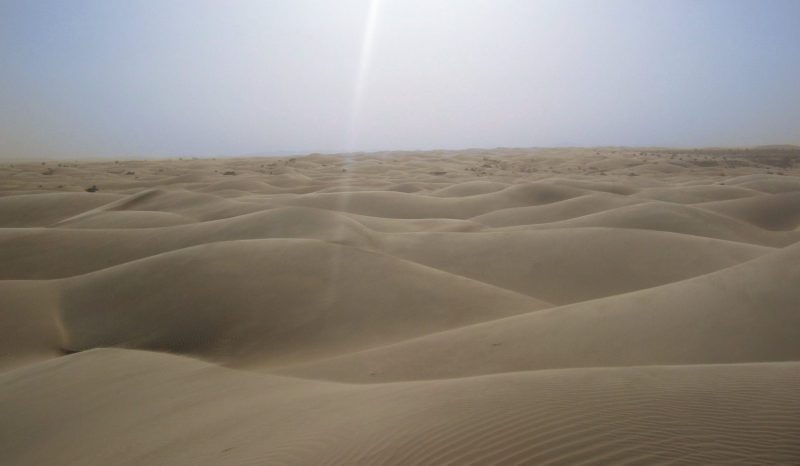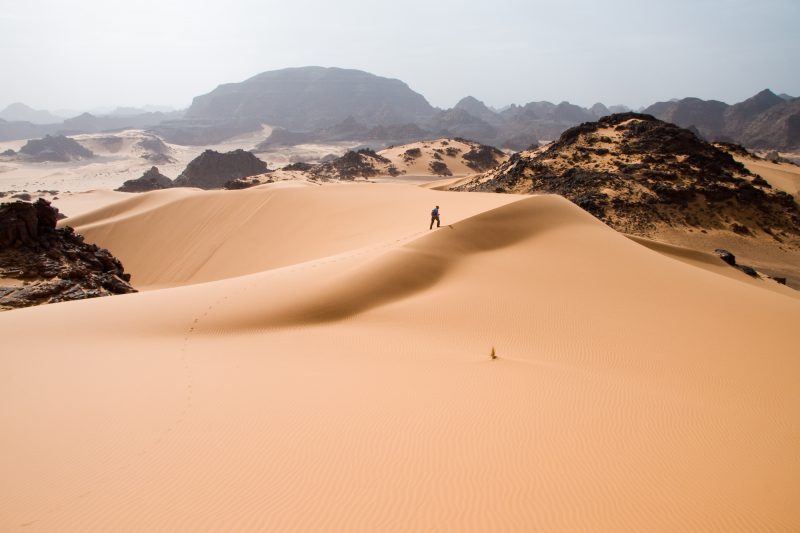
The Sahara is already the world’s largest warm-weather desert – about the size of the contiguous United States. And according to a new study, the desert been expanding over the past century.
Deserts are typically defined by their low average annual rainfall — usually less than 4 inches (100 mm) of rain per year or less. For the new study published March 29, 2018, in the peer-reviewed Journal of Climate, the researchers analyzed rainfall data recorded throughout Africa from 1920 to 2013 and found that the Sahara, which occupies much of the northern part of the continent, expanded by 10 percent during this period.
The researchers suggest that other deserts could be expanding as well. Sumant Nigam is a professor of atmospheric and oceanic science at the University of Maryland and senior author of the study. He said in a statement:
Our results are specific to the Sahara, but they likely have implications for the world’s other deserts.

The study results suggest that human-caused climate change, as well as natural climate cycles such as the Atlantic Multidecadal Oscillation (AMO), caused the desert’s expansion. Nigam said:
Deserts generally form in the subtropics because of the Hadley circulation, through which air rises at the equator and descends in the subtropics. Climate change is likely to widen the Hadley circulation, causing northward advance of the subtropical deserts. The southward creep of the Sahara however suggests that additional mechanisms are at work as well, including climate cycles such as the AMO.
Read about how the scientists singled out the effects of human-caused climate change here.

The southern border of the Sahara adjoins the Sahel, the semi-arid transition zone that lies between the Sahara and the fertile savannas further south. The Sahara expands as the Sahel retreats, disrupting the region’s fragile grassland ecosystems and human societies. Nigam said that Lake Chad, which sits in the center of this climatologically conflicted transition zone, serves as a bellwether for changing conditions in the Sahel. He explained:
The Chad Basin falls in the region where the Sahara has crept southward. And the lake is drying out. It’s a very visible footprint of reduced rainfall not just locally, but across the whole region. It’s an integrator of declining water arrivals in the expansive Chad Basin.

Bottom line: A new study says that the Sahara Desert has gotten 10 percent bigger in the past century.











